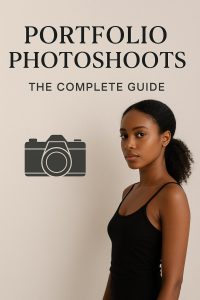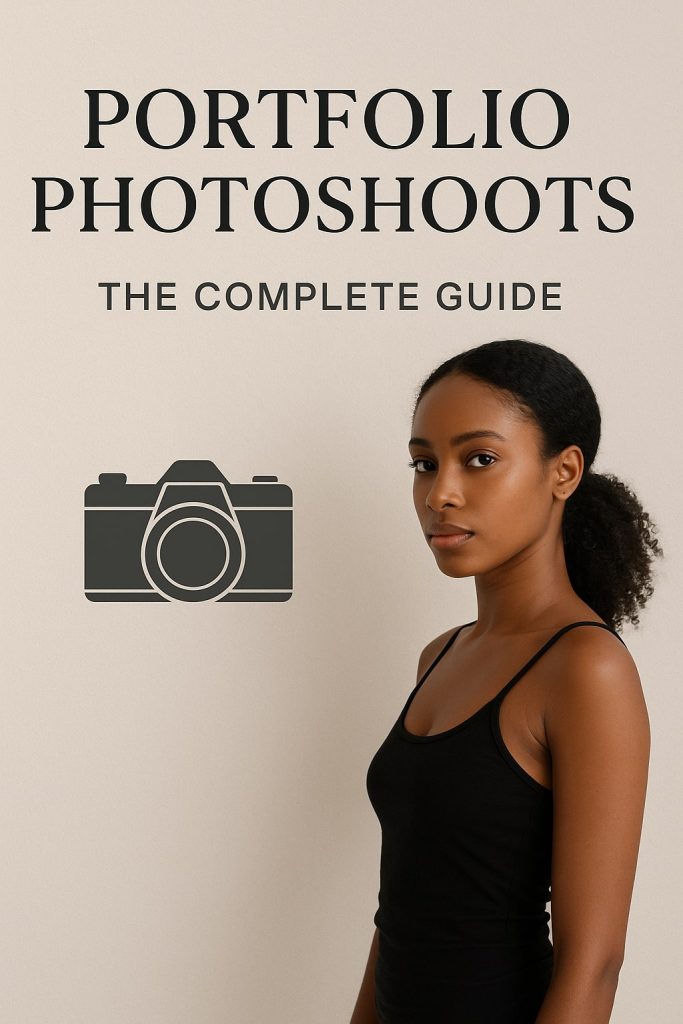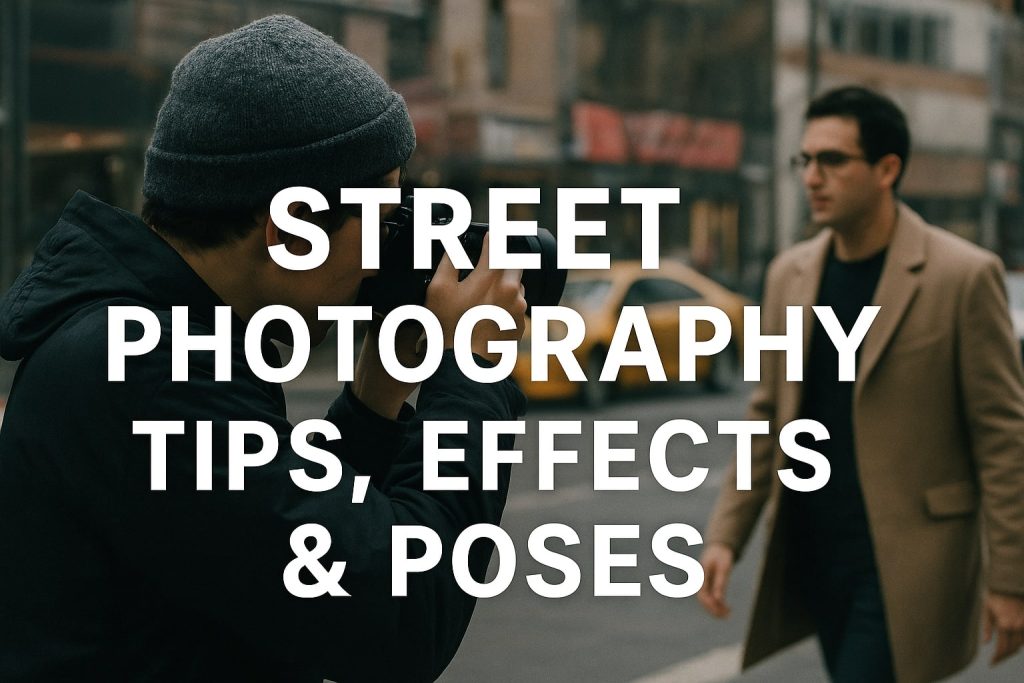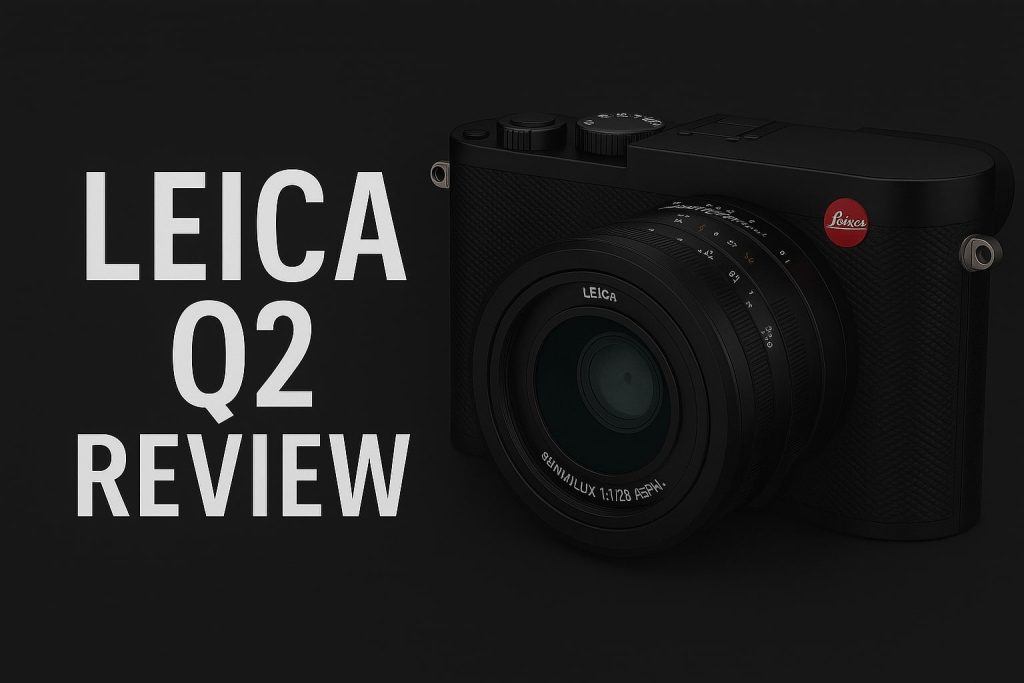Portrait photography is more than just capturing a person’s image; it is about storytelling, emotion, and artistry. Whether you’re a beginner or an experienced photographer, understanding the nuances of portrait photography can transform your work from average to extraordinary. In this ultimate guide, we will explore everything you need to know to master the art of portrait photography.
1. Understanding Portrait Photography
What is Portrait Photography?
Portrait photography is the art of capturing a person’s personality, expression, and emotions through an image. The best portraits evoke feelings and tell a story, making them powerful tools for communication and artistic expression.
Types of Portrait Photography
- Traditional Portraits: Studio-based with controlled lighting.
- Environmental Portraits: Capturing a subject in their natural surroundings.
- Candid Portraits: Unposed shots capturing natural expressions.
- Glamour Portraits: Emphasizing beauty with professional makeup and lighting.
- Conceptual Portraits: Artistic and storytelling-driven photography.
2. Essential Equipment for Portrait Photography
Choosing the Right Camera
- DSLR and Mirrorless Cameras: High resolution and interchangeable lenses.
- Medium Format Cameras: Ideal for high-end, magazine-quality portraits.
Best Lenses for Portrait Photography
- 50mm f/1.8 (Nifty Fifty): Affordable and versatile.
- 85mm f/1.4 or f/1.8: Perfect for stunning bokeh and sharp subject focus.
- 70-200mm f/2.8: Excellent for outdoor portraits and isolating subjects.
Additional Gear
- Tripod: Stabilizes shots for low-light conditions.
- Reflectors and Diffusers: Control and shape natural or artificial light.
- External Flash: Enhances lighting in low-light environments.
- Backdrop and Props: Adds depth and visual appeal to the portrait.
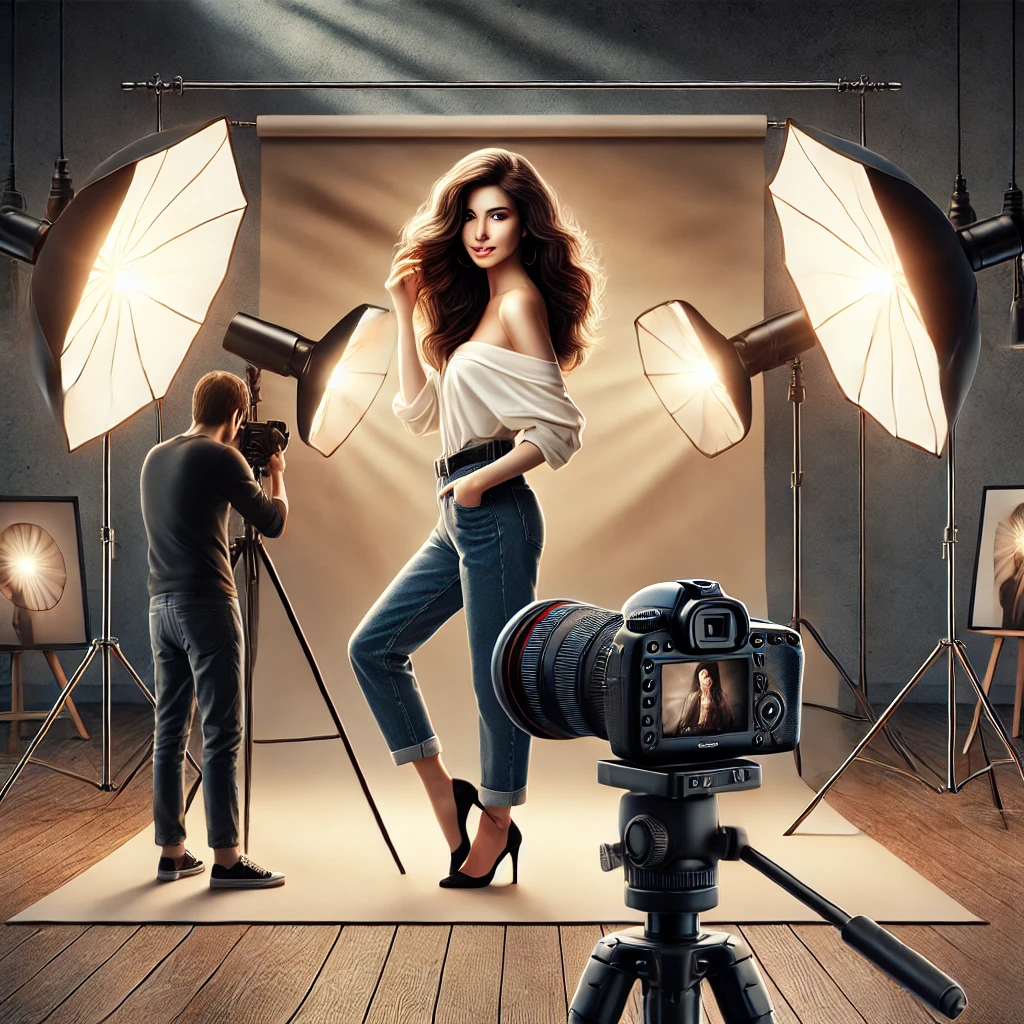
3. Mastering Lighting Techniques
Natural vs. Artificial Light
- Golden Hour: Soft, warm, and diffused sunlight enhances portraits.
- Overcast Days: Natural diffusion eliminates harsh shadows.
- Studio Lighting: Allows full control over shadows and highlights.
Key Lighting Techniques
- Rembrandt Lighting: A signature triangle of light on the shadowed side of the face.
- Butterfly Lighting: A flattering technique with soft shadows under the nose.
- Split Lighting: Creates dramatic contrast by lighting only half of the face.
- Loop Lighting: A natural and flattering style, casting a small nose shadow.
4. Posing Techniques for Stunning Portraits
Basic Posing Rules
- Keep shoulders relaxed.
- Guide the subject’s chin slightly forward to define the jawline.
- Avoid stiff or forced poses; opt for natural movements.
Pose Ideas for Different Portrait Styles
- Classic Portrait: A slight head tilt and soft eye contact.
- Candid Portraits: Capture genuine laughter and emotions.
- Editorial Pose: Strong, confident, and magazine-style composition.
- Action Pose: Movement-based shots like walking or playing with hair.
5. Mastering Composition for Impactful Portraits
Rule of Thirds
Position the subject off-center to create a visually dynamic composition.
Leading Lines
Use elements like pathways, fences, or architectural structures to draw attention to the subject.
Negative Space
Incorporate empty space to add emphasis and drama to the portrait.
Depth and Layering
Use foreground elements to add depth and create a three-dimensional feel.
6. Camera Settings for Perfect Portraits
Aperture Settings
- f/1.8 – f/2.8: Ideal for soft backgrounds (bokeh effect).
- f/5.6 – f/8: Keeps both the subject and background slightly in focus.
Shutter Speed & ISO
- 1/125s or faster: Prevents motion blur.
- ISO 100-400: Keeps images noise-free while maintaining detail.
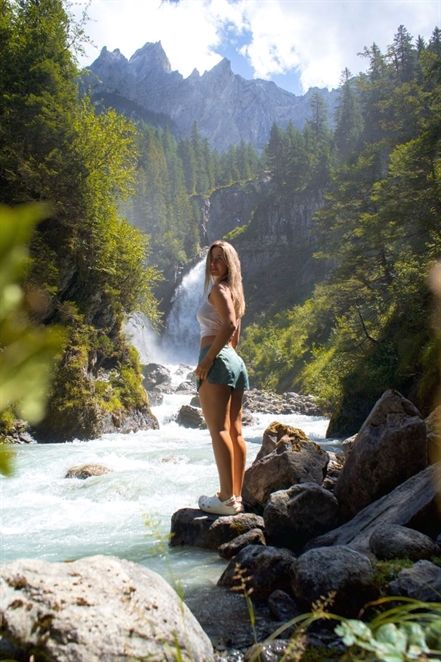
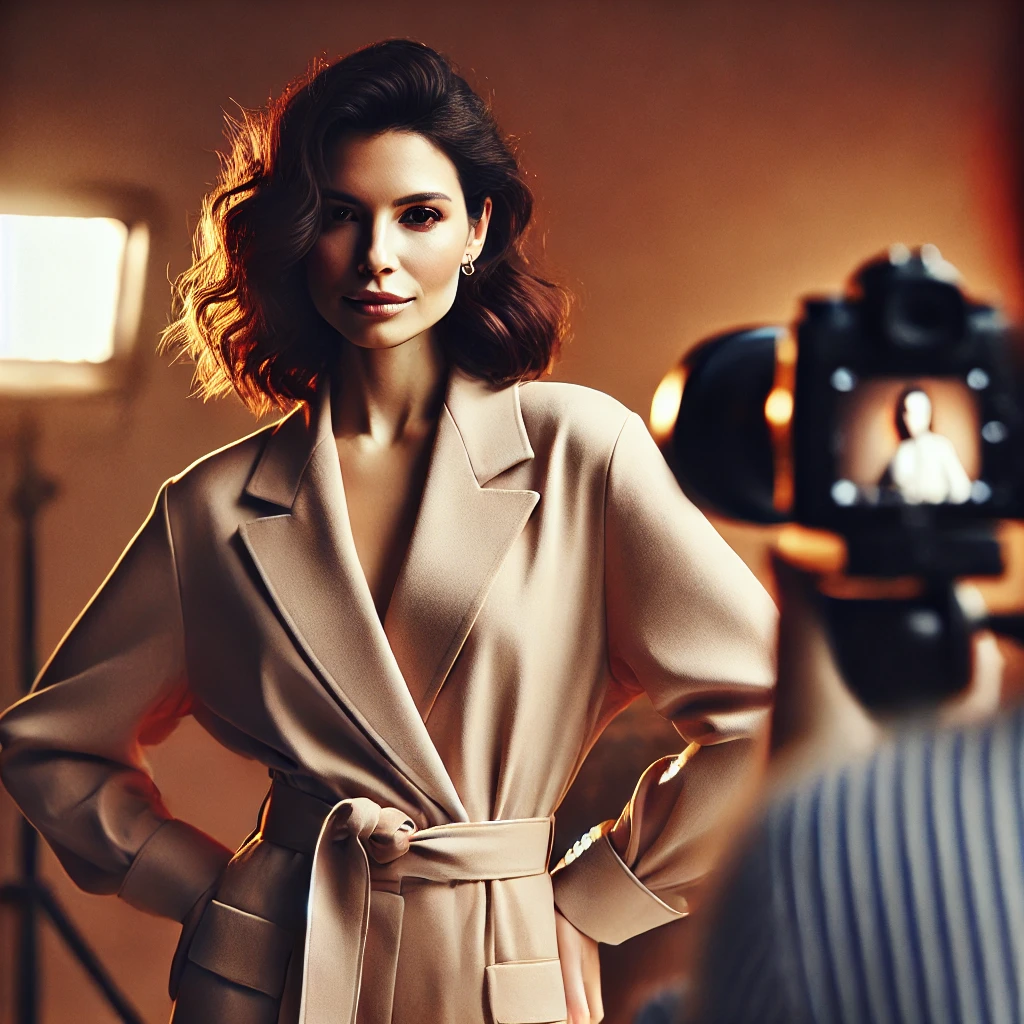
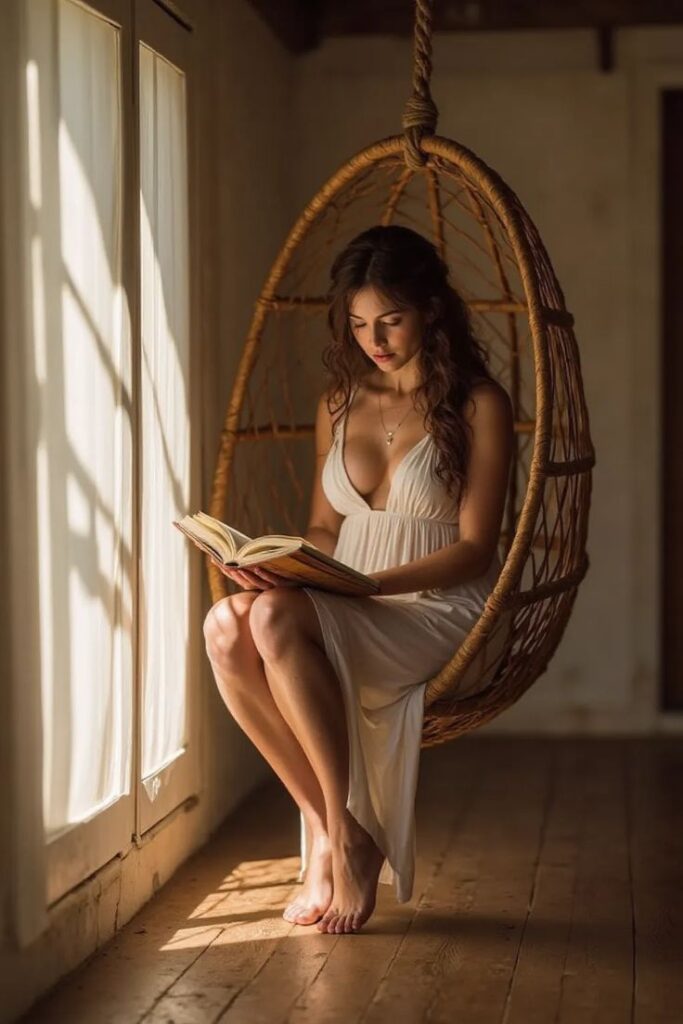

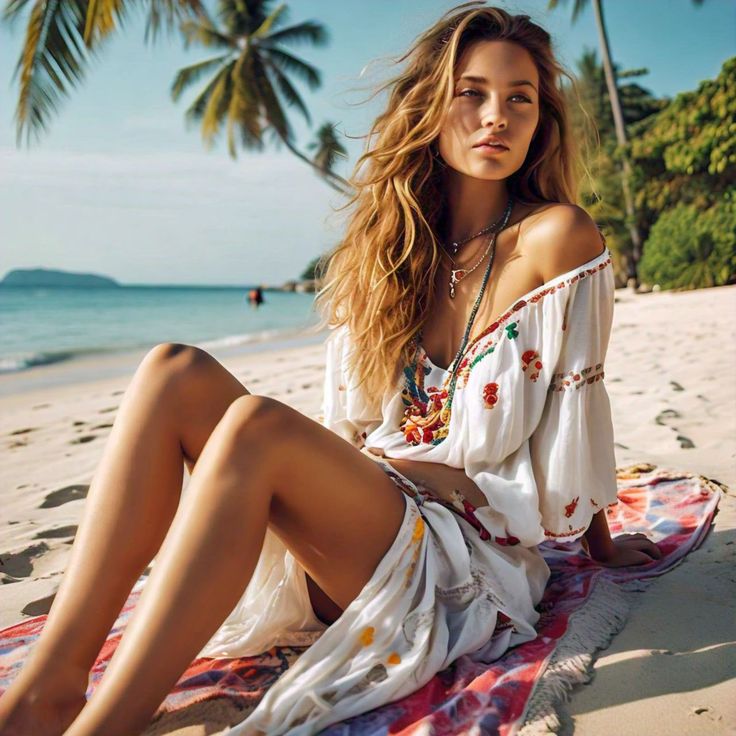
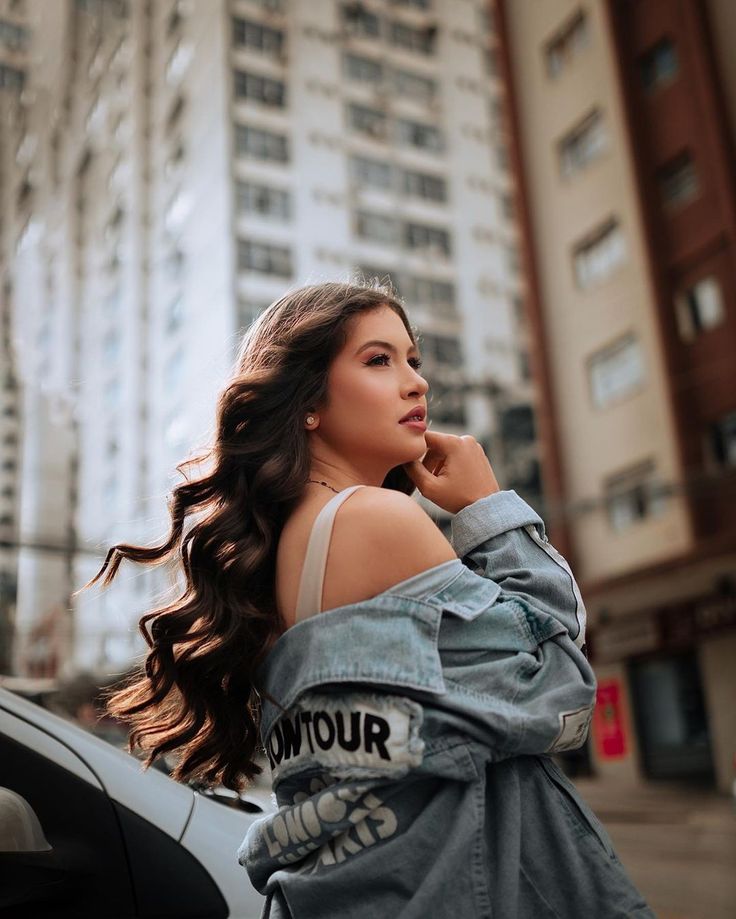
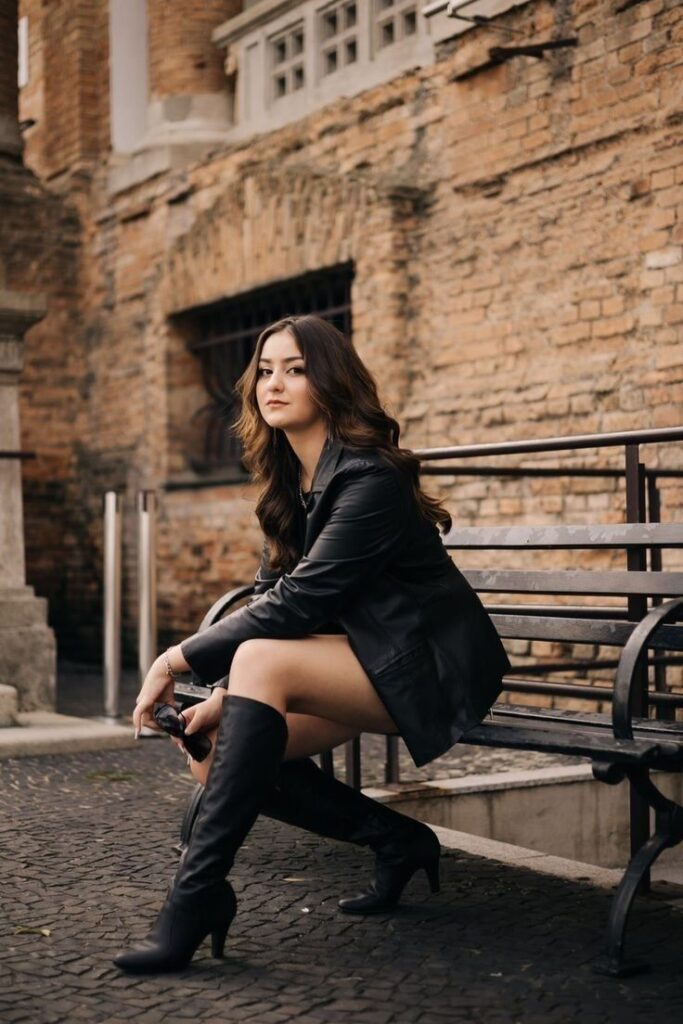
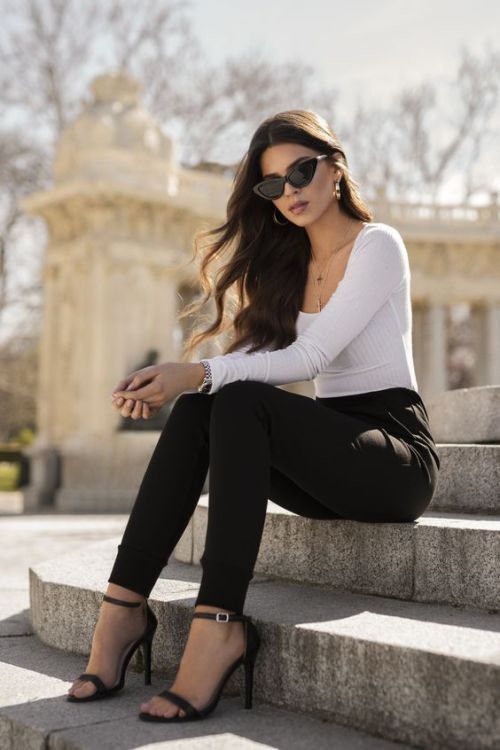
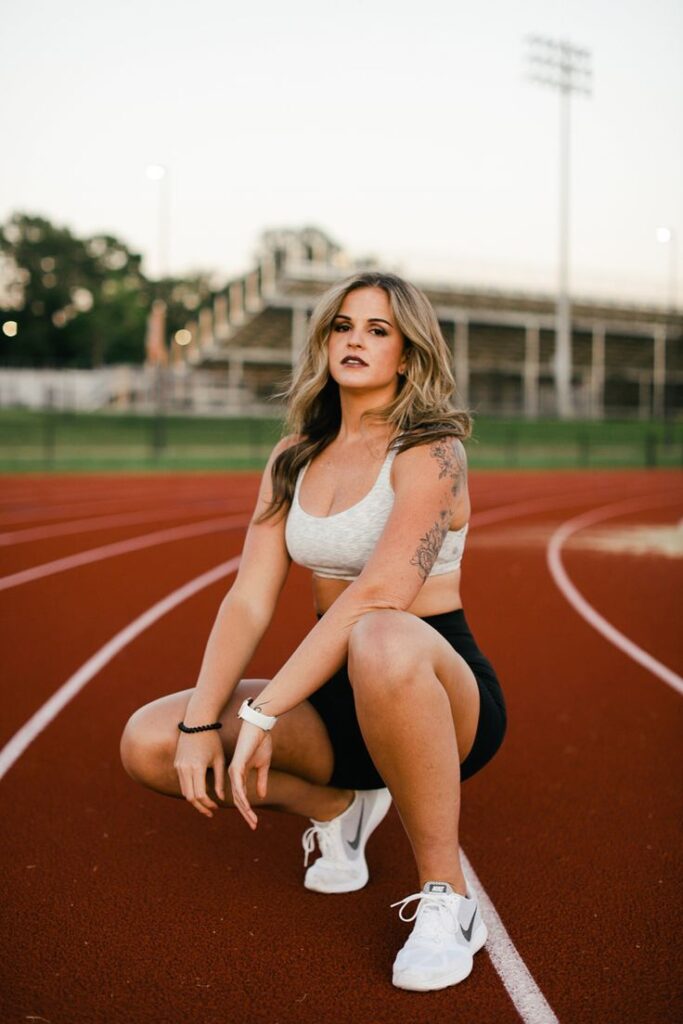
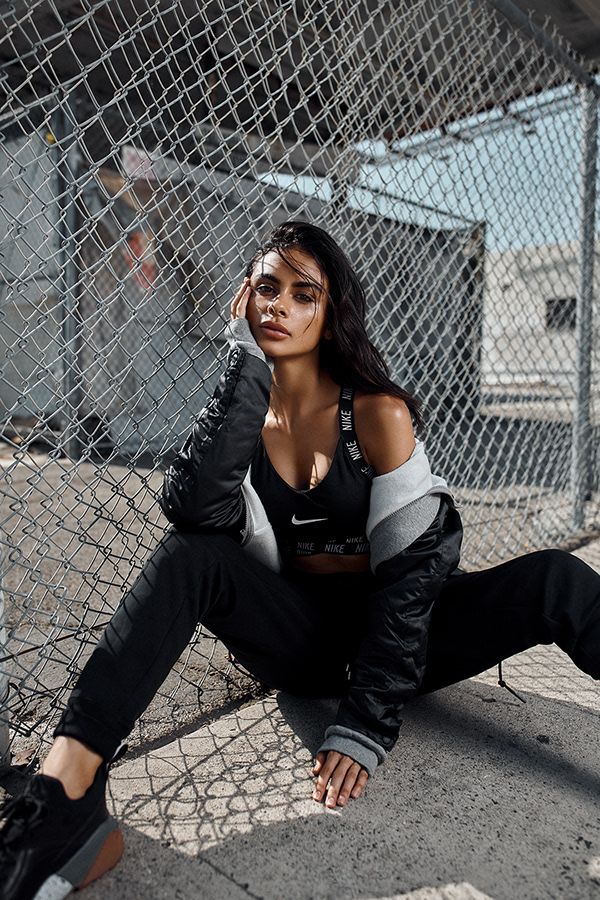
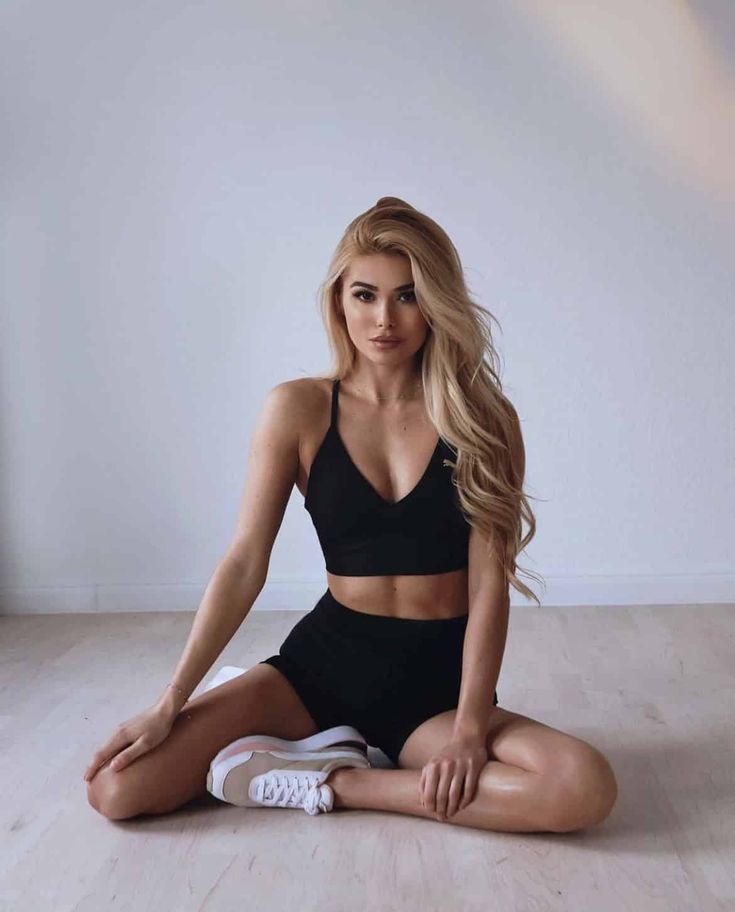
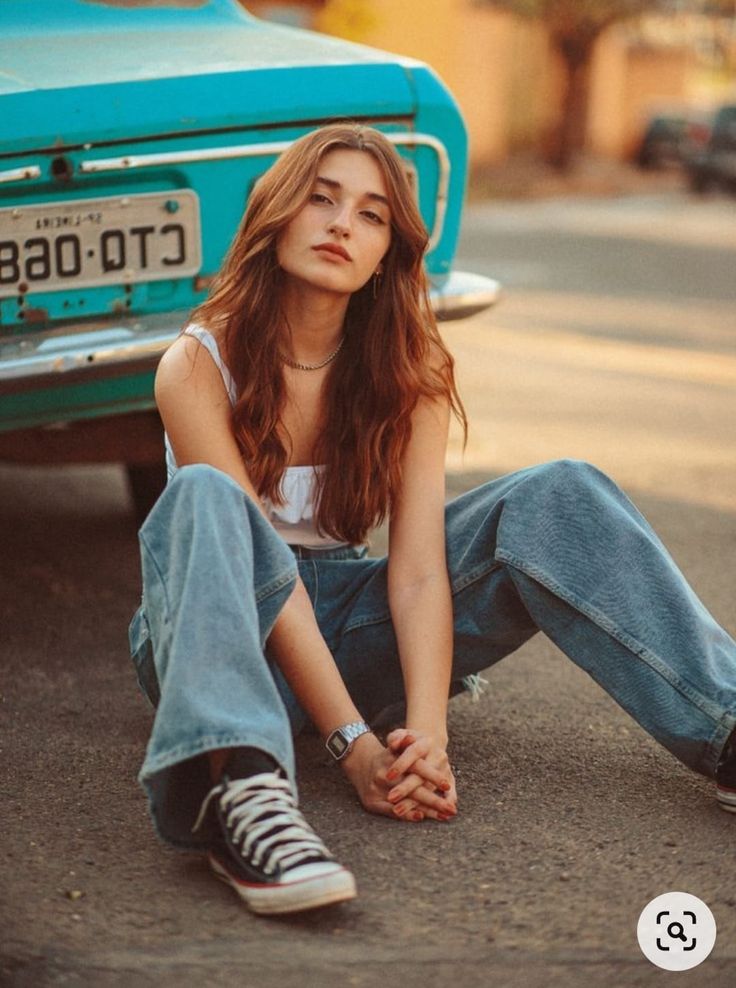
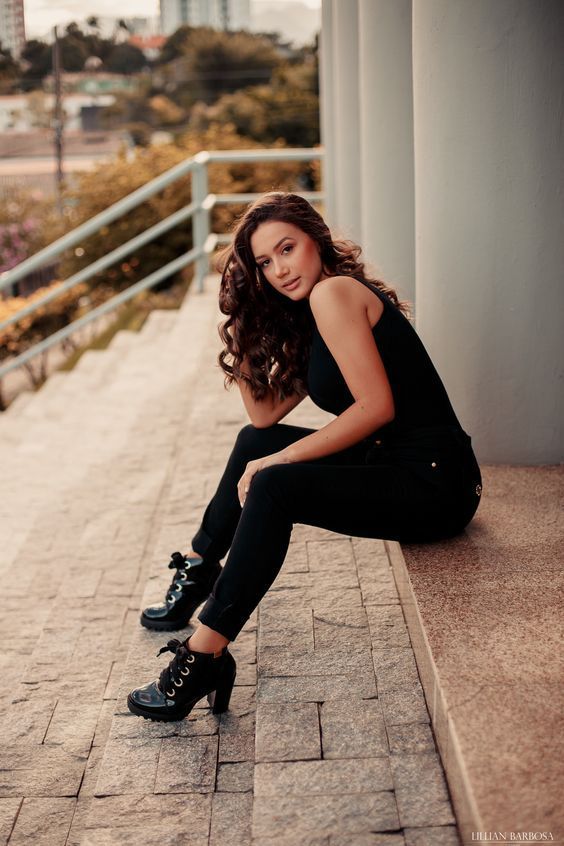
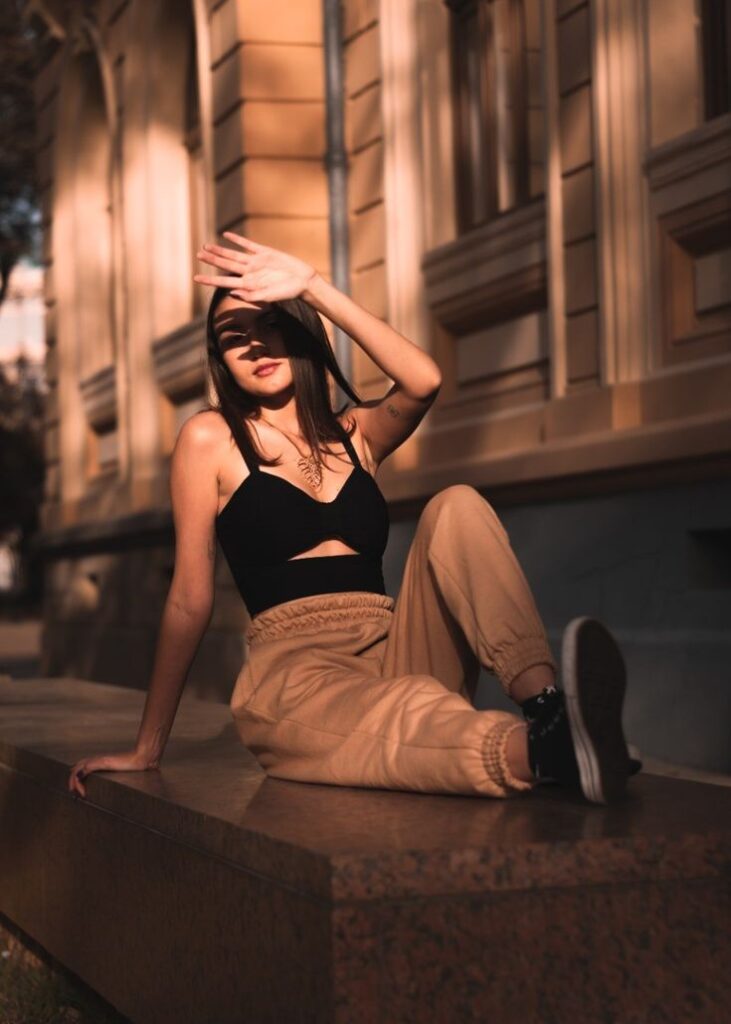

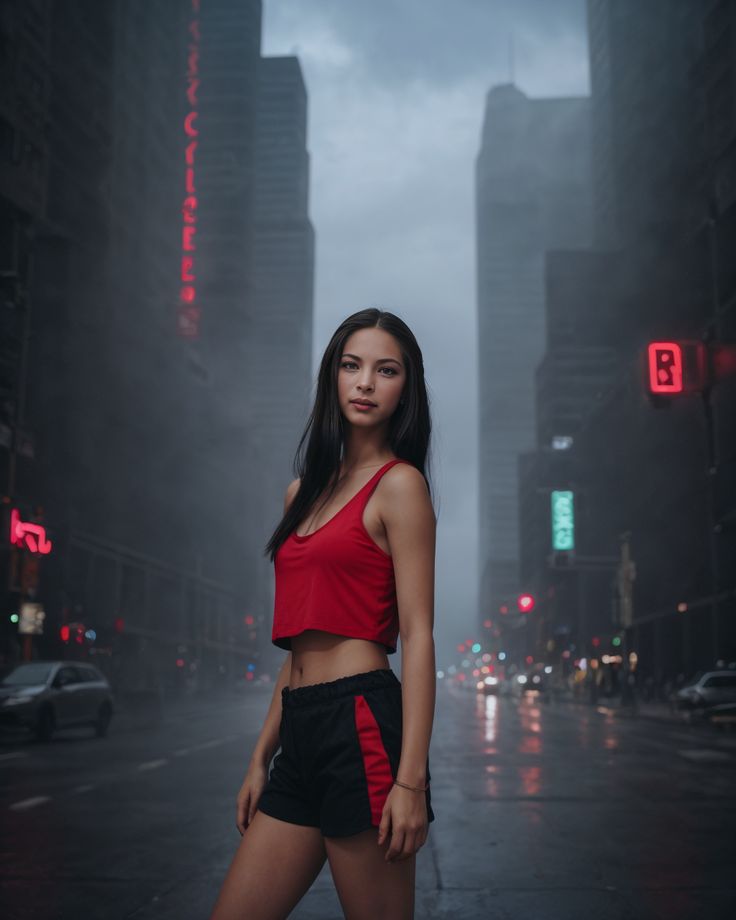











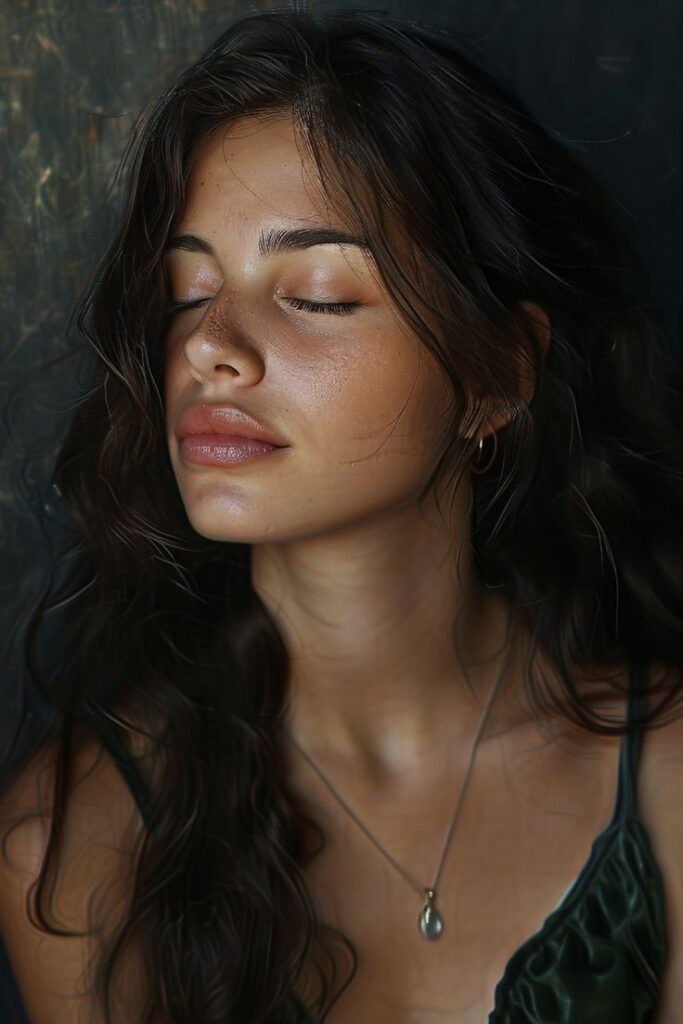
7. Post-Processing and Editing Portraits
Essential Editing Techniques
- Color Correction: Adjusting tones to enhance warmth and realism.
- Skin Retouching: Smoothing out blemishes while keeping texture.
- Dodge and Burn: Enhancing highlights and shadows for depth.
- Sharpening & Noise Reduction: Maintaining detail while reducing graininess.
8. Storytelling in Portrait Photography
Capturing Authenticity
- Engage in conversation to capture natural expressions.
- Use prompts instead of strict posing.
Creating a Mood Board
- Gather inspiration from art, fashion, and film.
- Plan themes, wardrobe, and backdrops in advance.
9. Building a Strong Portfolio
Showcase Variety
- Include different styles, lighting techniques, and compositions.
Create a Personal Brand
- Develop a signature style that sets you apart.
- Maintain consistency across social media and websites.
Networking and Collaboration
- Work with models, stylists, and makeup artists.
- Engage in collaborative projects to expand your reach.
10. Tips for Professional Growth in Portrait Photography
Keep Learning
- Attend workshops and online courses.
- Study works of famous portrait photographers.
Experiment with New Techniques
- Play with creative lighting setups.
- Try unconventional poses and compositions.
Engage with Clients
- Communicate effectively to make them comfortable.
- Direct them subtly for more relaxed and natural expressions.
Conclusion
Mastering the art of portrait photography requires practice, patience, and a keen artistic eye. By focusing on lighting, posing, composition, and storytelling, you can create compelling portraits that leave a lasting impact. Keep refining your skills, stay inspired, and let your creativity shine through every shot!
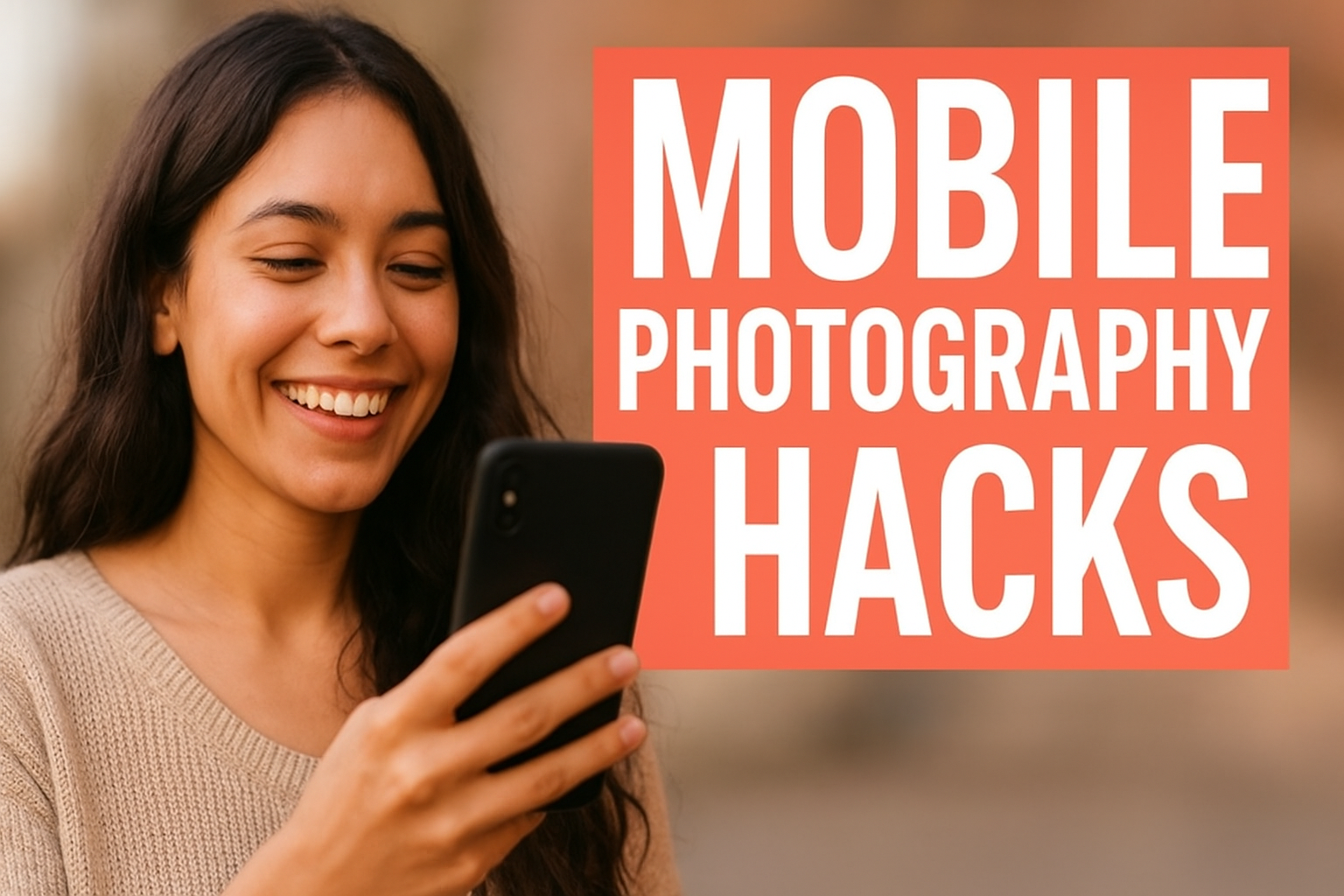
Mobile Photography Hacks: Candid Moments with Your Phone
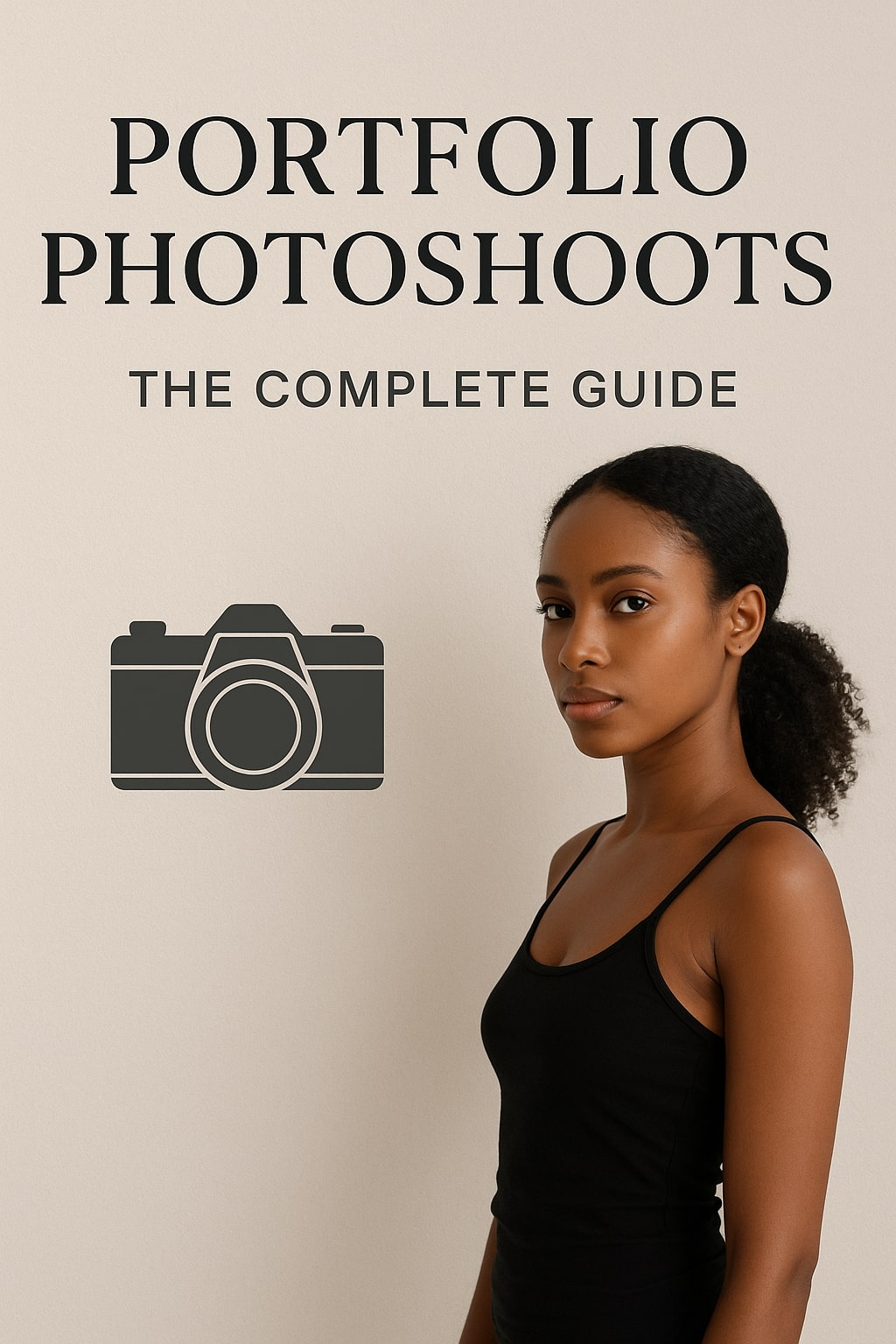
Professional Model & Portfolio Photoshoots: Show Your Best Work
-
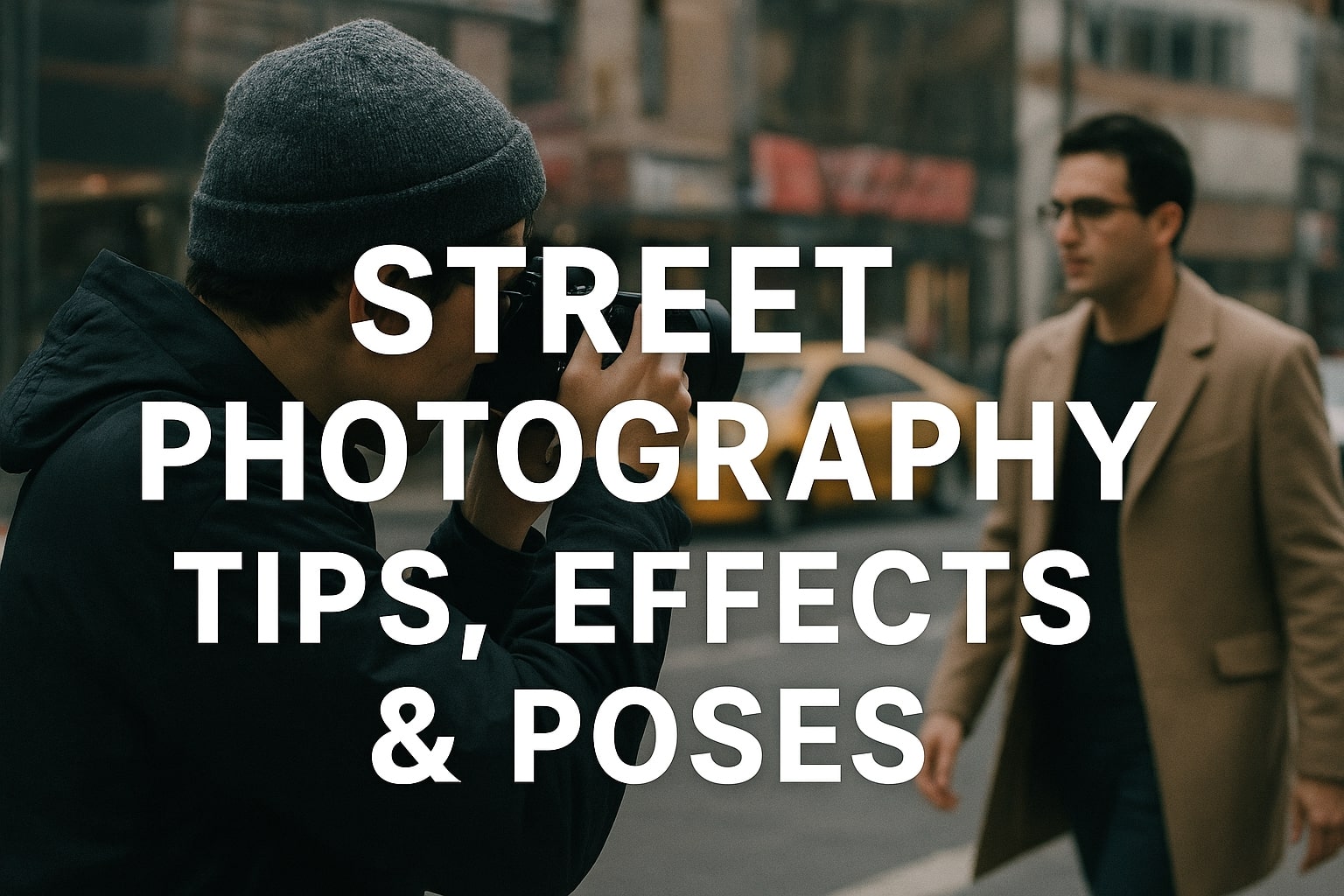
Street Photography Tips, Effects & Poses – Complete Guide
-

Leica Q2 for Photography: Why It’s Loved by Photographers
Mobile Photography Hacks: Candid Moments with Your Phone
Discover high-impact mobile photography hacks to capture genuine, gorgeous candid moments with your phone. Learn practical tips, composition secrets, and pro techniques to turn everyday scenes into stunning visual stories. Introduction: The New Age of Mobile Photography Photography has evolved beyond heavy cameras, technical jargon, and expensive equipment. Today, the power to capture extraordinary moments
Professional Model & Portfolio Photoshoots: Show Your Best Work
” Discover how to plan, style, and execute stunning portfolio photoshoots that showcase your skills, personality, and versatility. This comprehensive guide covers professional tips, posing ideas, gear suggestions, and industry insights for models and photographers.” Introduction – Why Portfolio Photoshoots Are the Cornerstone of a Photographer’s Career A well-crafted portfolio photoshoot is more than a
Street Photography Tips, Effects & Poses – Complete Guide
Discover the ultimate guide to Street Photography with expert tips, creative effects, and dynamic poses. Learn how to capture authentic urban moments, master composition, and tell powerful visual stories through your lens. Article Outline 1. Introduction to Street Photography Street Photography is more than just taking pictures of people in public spaces — it’s about
Leica Q2 for Photography: Why It’s Loved by Photographers
Introduction: The Cult Status of the Leica Q2 The Leica Q2 is not just a camera—it’s a statement. Combining the heritage of German precision engineering with modern digital excellence, it holds a special place in the hearts of professional and passionate photographers alike. With its full-frame sensor, prime Summilux lens, and minimalist design, the Q2
Top Cameras Under ₹1 Lakh for Freelance Photography
Freelance photography is no longer a niche—it’s a booming creative profession that demands not only vision and hustle but also the right gear. Your camera isn’t just a tool; it’s your storytelling partner. If you’re a freelance photographer aiming to balance performance, versatility, and budget, investing in a cameras under ₹1 lakh can offer the
Top Features of Nikon D850 That Make It Ideal for Photoshoots
Explore the top features of the Nikon D850 that make it a powerhouse for photoshoots. From exceptional resolution to dynamic range, this detailed Nikon D850 guide is built for professional and aspiring photographers. 1. Introduction When Nikon launched the D850, it quickly earned a reputation as a flagship DSLR that redefined what photographers could expect

